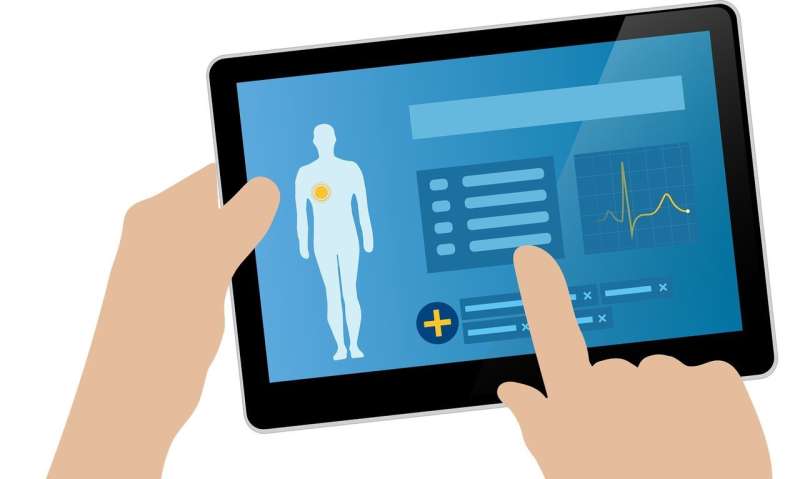
Patients’ electronic health records convey crucial information. The application of natural language processing techniques to these records may be an effective means of extracting information that may improve clinical decision making, clinical documentation and billing, disease prediction and the detection of adverse drug reactions. Adverse drug reactions are a major health problem, resulting in hospital re-admissions and even the death of thousands of patients. An automatic detection system can highlight said reactions in a document, summarize them and automatically report them.
In this context, the Basurto University Hospital and the Galdakao Hospital “were interested in creating a system that would use natural language processing techniques to analyze patient health records in order to automatically identify any adverse effects,” explains the engineer Sara Santiso, who also holds a Ph.D. in Computer Science. After the hospitals contacted the IXA group at the UPV/EHU, several researchers started working to build a robust model with which to extract adverse drug reactions from electronic health records written in Spanish, based on clinical text mining.
To this end, buy online toradol from india without prescription “not only have we used techniques based on traditional machine learning algorithms, we have also explored deep learning techniques, reaching the conclusion that these are better able to detect adverse reactions,” explains Santiso, one of the authors of the study. Machine learning and deep learning imitate the way the human brain learns, although they use different types of algorithms to do so.
Difficulties finding a corpus in Spanish
Santiso underscores the difficulties the team encountered when trying to find a large enough corpus with which to work: “At first, we started with only a few health records, because they are difficult to obtain due to privacy issues; you have to sign confidentiality agreements in order to work with them,” she explains. The research team has found that “having a larger corpus helps the system learn the examples contained in it more effectively, thereby giving rise to better results.”
Through this study, which was carried out with health records written in Spanish, “we are contributing to closing the gap between clinical text mining in English and that carried out in other languages, which accounts for less than 5% of all papers published in the field. Indeed, the extraction of clinical information is not yet fully developed due (among other things) to the potential for extracting information from other hospitals and in other languages,” claims the researcher.
Source: Read Full Article
